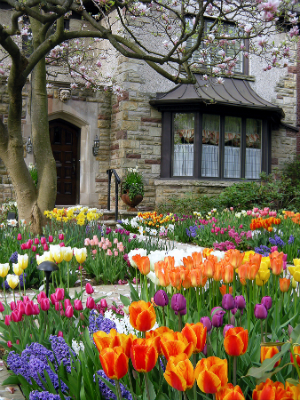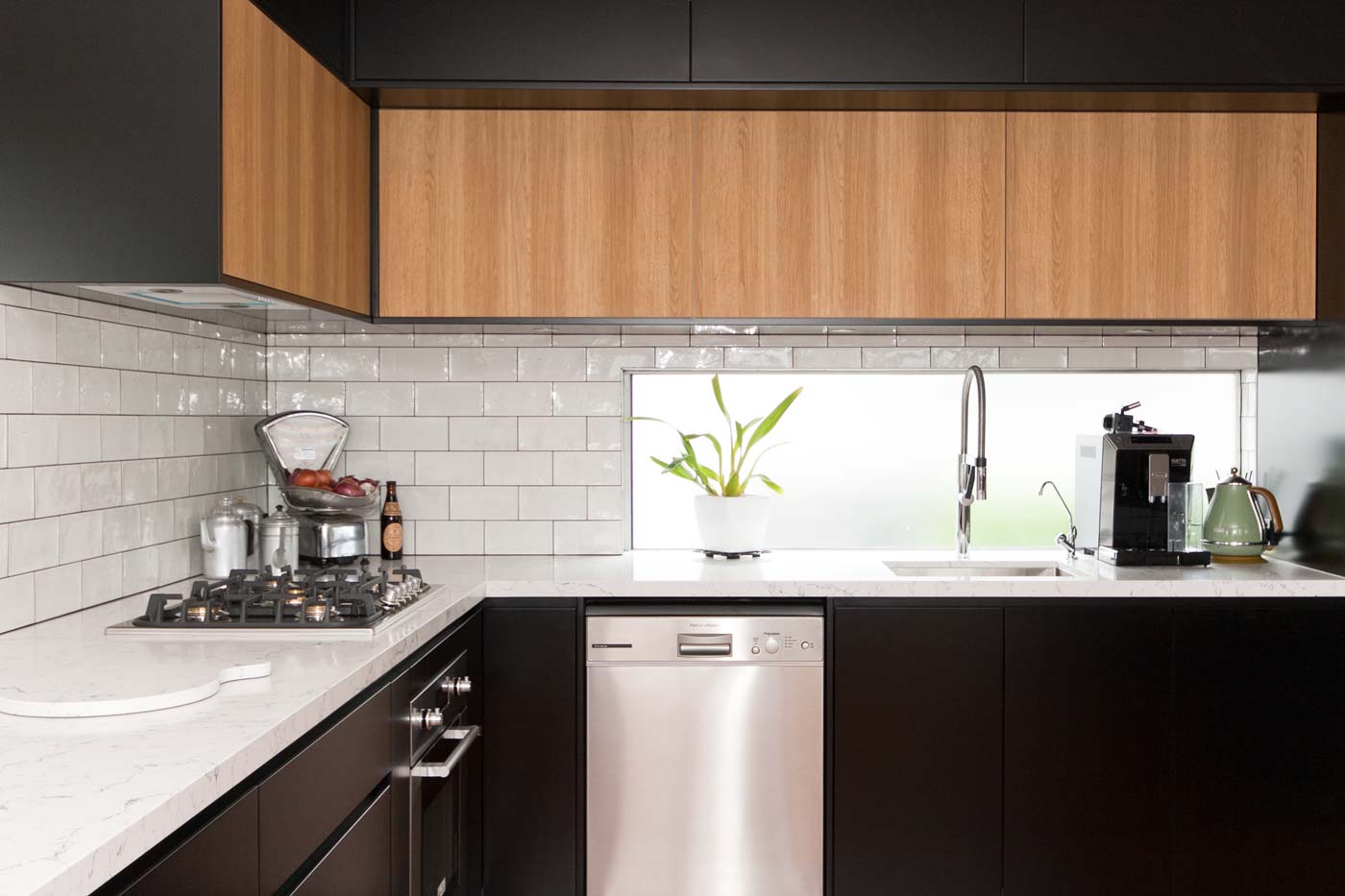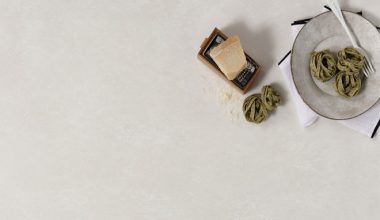
Story: Catherine Stewart, FAILDM
Climate conditions
Use plants that grow easily in your climate zone. Microclimate areas will give you a bit more scope, such as a warm heat trap for tropical/desert plants or breezy spots with deep, rich soils for cool-climate plants. Get horticultural advice and don’t be fooled by what’s available at your local nursery, as stock is often trucked in from interstate.
Know your soil
Know what you have and learn how to work with it. Have your soil tested in several places for texture (sand/silt/clay content), structure (how soil particles are packed together — an essential component in drainage) and pH (acidity/alkalinity). Knowing more details of chemical composition can show up nutrient deficiencies, salinity or acidity. Improving soil can be backbreaking work and it’s tempting to resort to buying new soil, but bought soils don’t contain clay, a vital ingredient for holding nutrients. Instead, they use organic matter for that job, which disappears quite quickly and needs to be regularly replenished.
Maintenance matters
Avoid plants that are prone to pest attack and disease, needing constant attention, or those that will quickly outgrow their allotted space. Many old-fashioned plants have good disease and pest resistance and more reliable growth habits than fancy new cultivars.
Plant combinations
Combine plants to make pleasing plant pictures, looking at size, form, texture, foliage colour and flower colour (in that order), but also in ways that fit the soil type and drainage. Acid-loving plants will not thrive alongside daisies and leafy vegetables, and lavenders will not grow next to bog plants. In general, if plants just don’t look as if they could ever have grown together naturally, they will always look strange, even unpleasant. Petunias under palms, alternating camellias and grevilleas, conifers tucked in among tropical foliage — don’t do it.
Cared-for trees
Badly pruned, water-stressed or damaged trees are the weak point of many gardens. Trees are so important in the landscape and so expensive to remove and replace, it’s surprising how few people recognise the need to have them maintained (not just emergency repaired) by a qualified arborist. Many species, such as jacarandas, have very specific pruning requirements — just one bad job can ruin the tree permanently. Don’t get talked into “lopping a tree to make it safe”. An inexperienced lopper is more likely to make a safe tree dangerous!
Renewal and change
Good gardens look alive, not static. Trees spreading with age, seasonal change of autumn colour and blossom, the waxing and waning of perennials and bursts of colourful short-lived annuals are all part of the unique fourth dimension of gardening — time. A garden that looks identical season after season, year after year will never be a great garden, but just a three-dimensional sculpture, unnaturally controlled and contained.
Planting advice
The Australian Institute of Landscape Designers and Managers (AILDM) is an association of qualified landscape design professionals. When you choose an AILDM landscape designer, you know you will have a landscape professional with the skills and training to tailor-make a garden that suits your site and lifestyle.
To view a list of current AILDM members, visit www.aildm.com.au.




